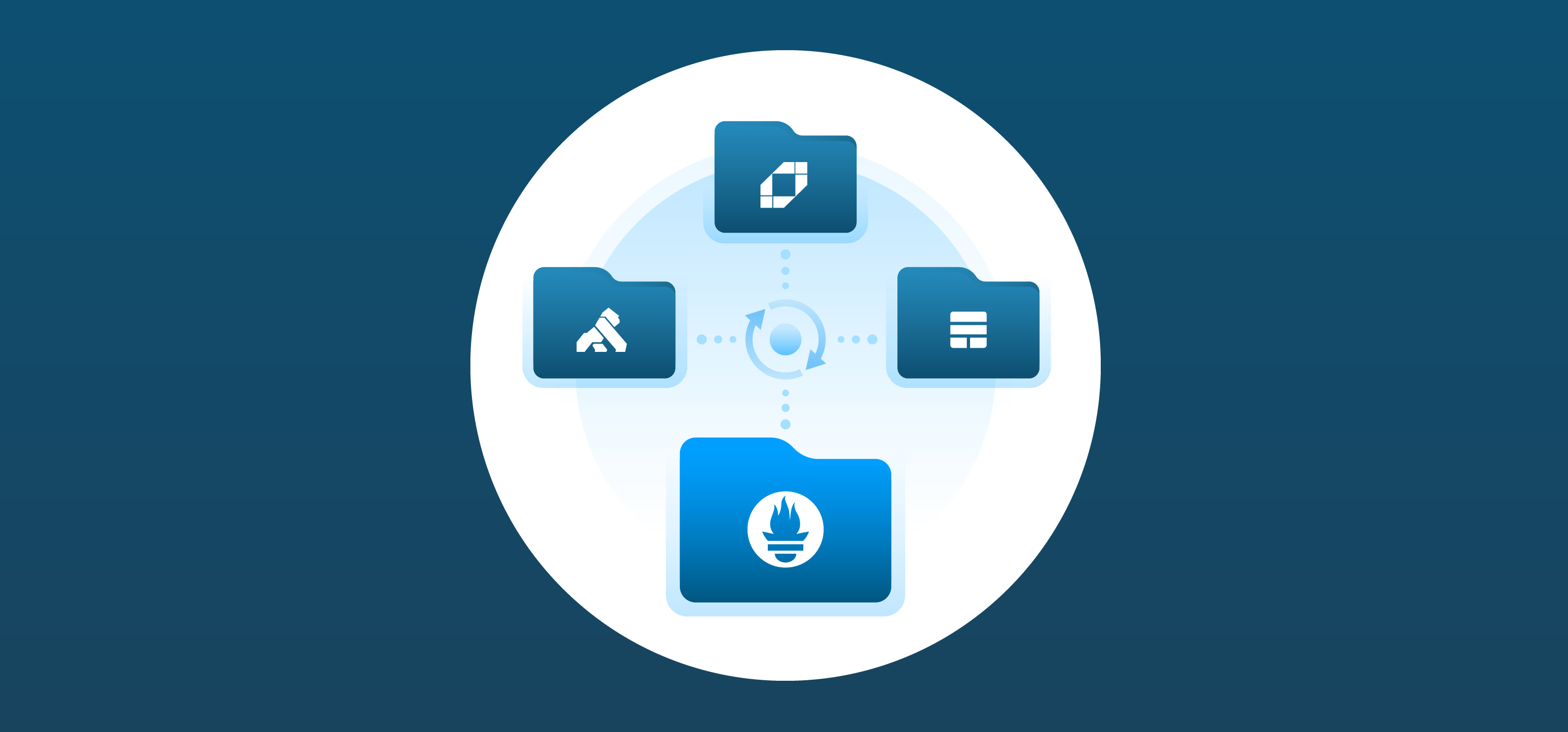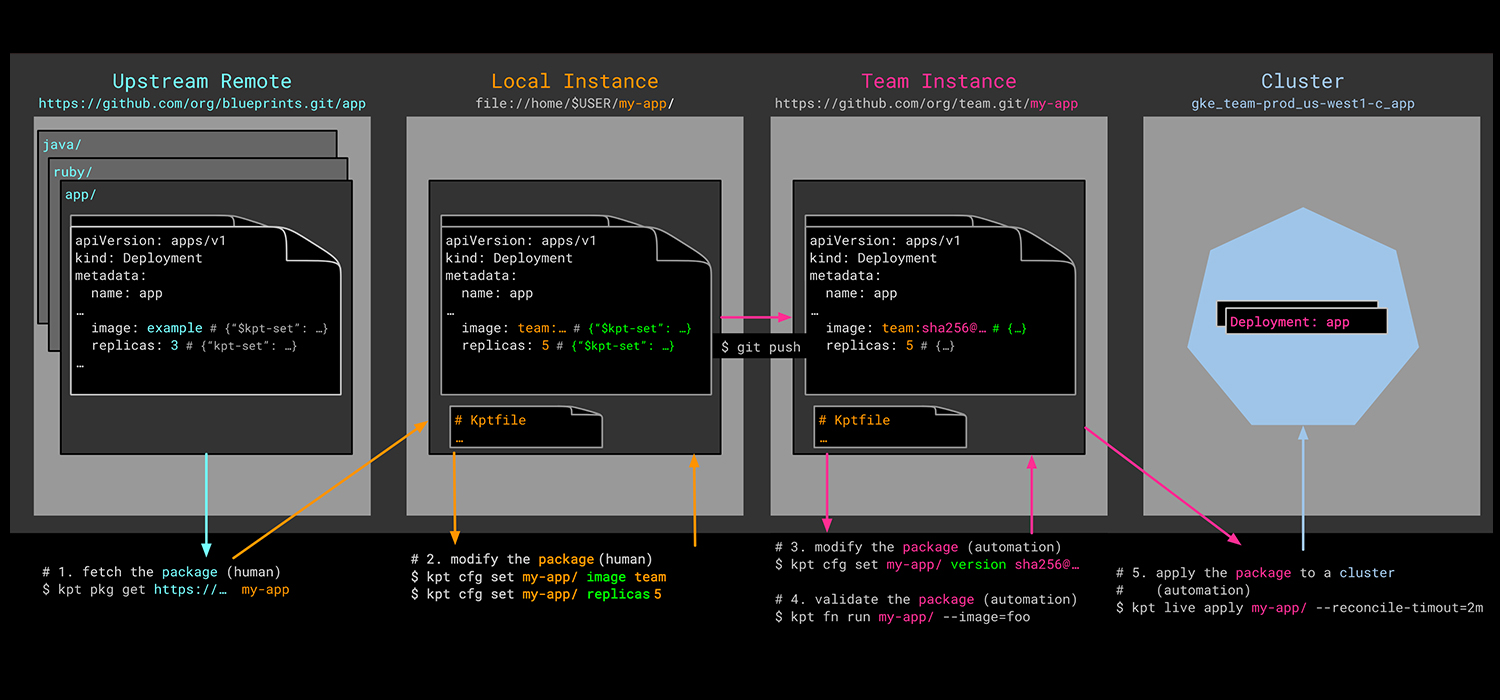Introducing Managed Apps 2.0
by Chiara Cokieng on Mar 31, 2021

We recently relaunched our managed apps initiative. There are many terms we use when discussing managed apps: you may have heard App Platform, App Catalog, and Managed Apps. The thing to remember is that managed apps is the basic unit that creates value for our customers.
So, what has changed in the last year? While we’re pleased with the fact that it looks nicer, the changes are beyond the superficial and we’d like to use this opportunity to show you around.
2020 → 2021
Where we started
ICYMI: Our App Catalogs were built to enable our customers’ discoverability and reusability of apps. App Platform is used to build our App Catalogs. It can be used by customers to build additional catalogs that are specific to an organization or a unit within an organization.
We used the App Platform to implement two App Catalogs: the Giant Swarm Catalog and the Playground Catalog (which will soon have a brand-new name, but more on that later). The end goal is to empower our customers to build the cloud-native stack that works best for what they know best: their business, while we handle what we know best: managing the cloud-native stack.
The Giant Swarm Catalog
Really, really managed apps
The Giant Swarm Catalog contains our stable, fully managed apps with SLAs (e.g. the NGINX Ingress Controller). It also contains apps we intend to develop towards that level of commitment (e.g. Loki, EFK).
The Playground Catalog
Apps to play with but we’ve got your back
The Playground Catalog is our go-to place to create and try things out. It contains apps we are experimenting with, sometimes in collaboration with customers. Additionally, you’ll find apps added for non-commercial purposes (for example, for a blog post or workshop).
Why the change?
We’ve gone apps first. What exactly does this mean? Well, in the 2020 version what was a design choice — asking our customers to pick a catalog first then only choosing from the available apps in that catalog — started to create limitations in perspective. Quite literally, our customers weren’t seeing all the available apps regardless of the catalog. This meant that they were discouraged from even exploring the options available to them and therefore limiting the overall benefit of the platform.
Our original design choice stemmed from our commitment to being transparent about the level of service we deliver and we didn’t want to let our customers down. However, as we’ve often joked, our 'best effort' is often beyond any service level our customers are used to from many other vendors. For example, when a customer encounters a problem with an app, we’re there to provide solutions and answer any technical question quickly and efficiently. In the Giant Swarm universe, ‘quickly’ means always within 15 minutes but often within 90 seconds. We keep the apps up and get them up when they go down. However, this catalog-first distinction meant that the apps in the Playground were effectively ‘hidden’ from a broader view and thus we were doing our customers a disservice by downplaying their potential value.
Enter: Managed Apps 2.0
Going apps first means that users automatically see all the apps are available to them, regardless of which catalog they’re in. In addition, we’ve added Fluent Logshipping, Linkerd, and Jaeger Operator, among others. We’ve also discussed how we can best express our Playground concept in a way that is more loyal to the level of support that our customers receive. While we definitely want to encourage experimentation and, well, play, we don’t think the name ‘Playground Catalog’ accurately reflects the peace of mind customers can still enjoy. We’ve also seen many (fun) and lengthy Slack threads on how to best describe the various levels of support between the two catalogs. The difficulty in reaching a concise label is perhaps a reflection of our unique commitment to service beyond the ordinary.
If you would like to take advantage of our Managed Apps. Contact us and schedule a demo.
You May Also Like
These Related Stories

Application Configuration Management with Kpt
Through the course of this series on application configuration management in Kubernetes, we've looked into many of the popular approaches that exist i …

A Story Of True Dedication And Hard Work
Over the last couple of months I was pondering how Giant Swarm has become so successful. I was wondering why the product and service we provide works …

Getting out of technical debt
Kubernetes is a fast-moving open-source project. The guiding principle being: release early and release often. This philosophy is a key reason Kuberne …